
Midtown Phoenix
A slice of the Central Corridor generally from Thomas Road to Campbell Avenue, from 7th Street to 7th Avenue, now colloquially called “between the 7s.” Contains a blend of mid-century condo towers and several apartments/ condos with mid-century design flair, notably balconies, and stone veneer. The centerpiece, Executive Towers, is listed on the National Register of Historic Places. Other notable residential buildings/condominiums along Central Avenue include the Phoenix Tower, Regency House and The Olympus Condominiums.
North Central
Beginning at Camelback, the area “between the 7s” (and as far west as 15th Avenue) is considered to be “North Central.” Developed at the turn of the 20th century with large estates along both sides of Central Avenue up to Northern. This area was further subdivided in the late 1950s resulting in standard ranch houses interspersed with many unique mid-century homes by prominent architects. The well-known Murphy Bridle Path lies along Central Avenue providing an active route for hiking, biking and jogging that is heavily used by residents of North Central.
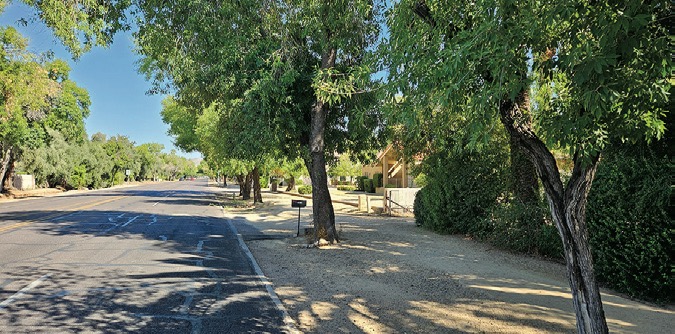
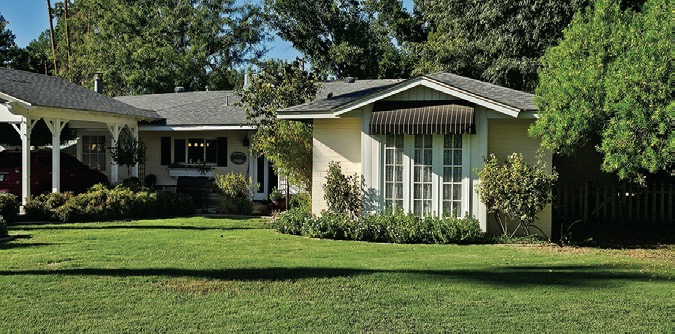
Ingleside/Osborn/Pomelo Park
This is a large section of east Phoenix between Thomas and Indian School Roads. Initially subdivided in the 1940s through the 1960s. There are many internal subdivisions such as Pomelo Park which has a distinctively, lush and green rural character (34th Street south of Clarendon). Many neighborhoods between Osborn and north to Campbell feature curving streets and internalized subdivisions. The area between Thomas Road and Indian School, 24th Street east to 44th Street is one area where mass-produced “builder ranches” first appeared, most designed by Sam Hoffman and Ralph Haver, whose work created the standard brick ranch houses enhanced by distinct brick bonding patterns. The area still retains its 1950s ambience.
Rancho Ventura and “Haverhoods”
Generally from McDowell to Palm, 40th to 42nd Streets, Rancho Ventura is a one of the most distinctive Haverhoods in central Phoenix. Developed by Ralph Haver in 1952, it is one of the most well-preserved of Haver’s neighborhoods featuring the classic houses with low-pitched roofs and windows in the upper facades. Windemere, south of Indian School at 46th Street is also a superb example of Haver’s subdivisions. There are several other neighborhoods such as Mayfair and Marlen Grove (near 16th Street and Bethany Home Road) and pockets of Haver designs, many of which have been updated and expanded to convey a very contemporary architectural character.
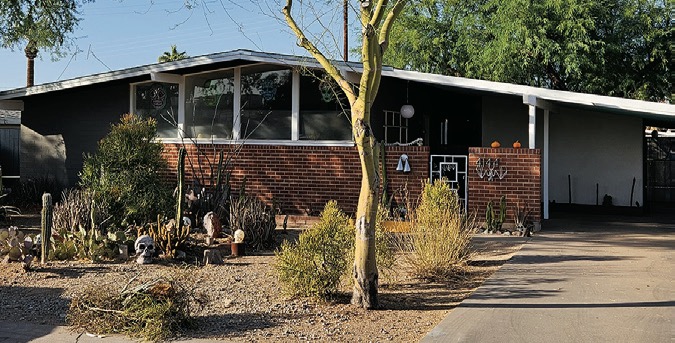
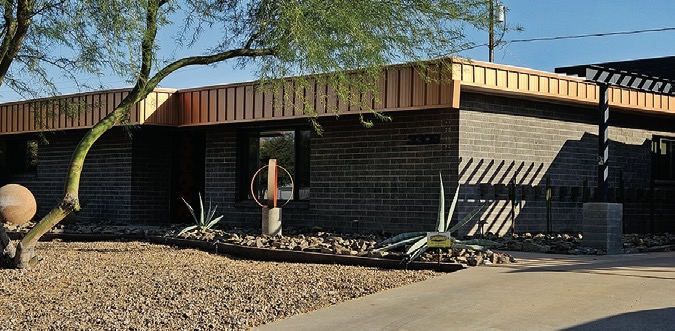
Paradise Gardens
Located slightly north of the other areas, near Shea Boulevard and 34th Street, is Paradise Gardens, a subdivision designed by Phoenix’s “favorite son modernist,” Alfred Beadle, in 1972. Paradise Gardens is a clear departure from the ranch form and features “modern” design. There is great pride in the Beadle legacy and maintaining the desert setting.
Cudia City and Marion Estates
Located north of Camelback Road, west of 44th Street Cudia City and Marion Estates offer an intriguing blend of older ranches, lots of mid-century modern houses, and numerous recent contemporary houses. The combination of curvilinear streets and undulating topography (which offers views to the western slope of Camelback Mountain) enables this neighborhood to accommodate this blend of styles. There is something different around all the twists and turns.
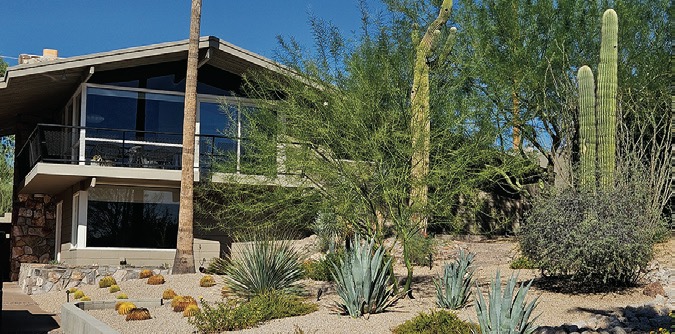

Townhouse Developments
There are two townhouse communities in central Phoenix, Royale Gardens II (1963-1967) and Sutton Place (1964) listed on the National Register of Historic Places. These two communities demonstrate the trend toward “cluster housing” that appeared on the Phoenix real estate scene in in the 1960s. They were a “house type” spawned when retirement housing converged with the “lock and leave” concept. The townhouse would extend to Moon Valley in the 1970s with the Hillcrest townhouses in 1972.
Condominium Towers
There are two high rise buildings of note, Executive Towers designed by Al Beadle completed in 1963, and the Regency House, designed by George Schoenberger. Both towers are listed on the National Register of Historic Places for their modernist architectural design. Additionally, The Olympus Condominiums in north central Phoenix, another mid-century icon offers a mid-1960s vibe and a lush location on Central Avenue north of downtown.
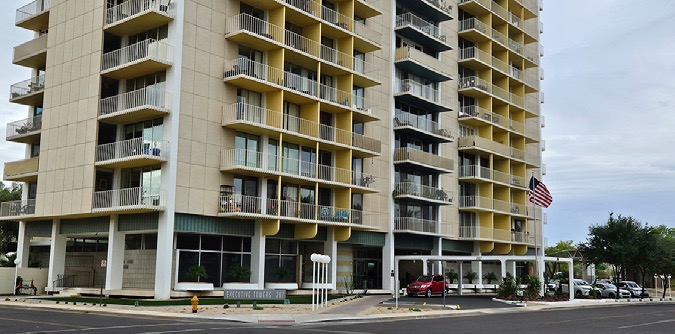
Let’s work together to make the home buying or selling process easier and more rewarding than ever.

